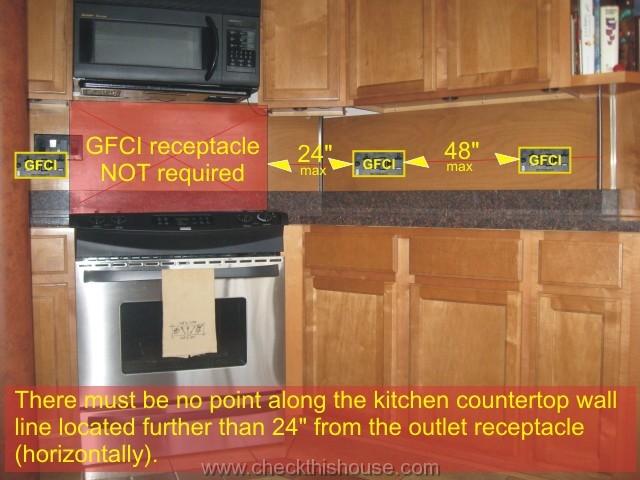GFCI stands for Ground Fault Circuit Interrupter. It is an electrical safety device that is designed to protect people from electrical shock and fire hazards. It works by quickly shutting off power to the circuit when it detects a fault or imbalance in the electrical current. This helps prevent serious injuries or even death from electrocution.What is a GFCI?
The installation of a GFCI is a simple process that can be done by following a few steps. First, turn off the power to the circuit at the main electrical panel. Then, remove the old outlet and disconnect the wires. Next, connect the wires to the corresponding terminals on the GFCI outlet and secure it to the wall. Finally, turn the power back on and test the GFCI to make sure it is working properly.How do I install a GFCI?
The main purpose of a GFCI is to protect people from electrical shock. It does this by constantly monitoring the flow of electricity in a circuit and immediately shutting off power if there is a detected fault. This can be caused by things like damaged or faulty appliances, wet conditions, or frayed wires. In addition to preventing shocks, GFCIs also help prevent electrical fires.What is the purpose of a GFCI?
Yes, kitchen sinks do need GFCI protection. In fact, the National Electrical Code (NEC) requires all outlets within 6 feet of a sink in a kitchen to have GFCI protection. This includes outlets located on the countertop, island, or backsplash. Kitchen sinks are a common source of water and in a high-risk area for electrical hazards, making GFCI protection a crucial safety measure.Do kitchen sinks need GFCI protection?
The code for GFCI outlets in kitchens is found in the NEC, specifically in Article 210.8. This code states that all kitchen outlets serving countertop surfaces (including islands) must have GFCI protection. It also requires GFCI protection for outlets within 6 feet of a sink, as mentioned earlier.What is the code for GFCI outlets in kitchens?
The number of GFCI outlets required in a kitchen depends on the size and layout of the space. According to NEC code, all countertop outlets in a kitchen must have GFCI protection. This typically equates to at least two GFCI outlets in a standard kitchen, with more required for larger or more complex layouts. It is important to consult with an electrician to determine the specific needs for your kitchen.How many GFCI outlets are required in a kitchen?
GFCI and AFCI are both types of electrical safety devices, but they serve different purposes. GFCIs are designed to protect against shocks and fires caused by ground faults, while AFCIs are designed to protect against fires caused by arcing faults. Arcing faults occur when there is a loose or damaged wire that creates sparks, which can lead to electrical fires. Both GFCIs and AFCIs are important for overall electrical safety in a home.What is the difference between a GFCI and an AFCI?
Yes, a GFCI outlet can be used for a kitchen sink. In fact, as mentioned earlier, NEC code requires all outlets within 6 feet of a sink to have GFCI protection. This includes outlets used for kitchen sinks. GFCI outlets are designed to be used in areas where there is a high risk of water exposure, making them an ideal choice for kitchen sinks.Can a GFCI outlet be used for a kitchen sink?
The lifespan of a GFCI outlet can vary, but on average, they can last anywhere from 10-15 years. However, it is important to regularly test and inspect GFCIs to ensure they are still functioning properly. If a GFCI trips frequently or shows signs of wear and tear, it is important to replace it as soon as possible to maintain proper electrical safety in your home.What is the lifespan of a GFCI outlet?
Not having GFCI protection in a kitchen can have serious consequences. The main risk is the potential for electrical shock, which can be life-threatening. In addition, not having GFCI protection can increase the risk of electrical fires, especially in areas that are exposed to water, such as kitchen sinks. It is important to ensure that all kitchen outlets have GFCI protection to maintain the safety of your home and family.What are the consequences of not having GFCI protection in a kitchen?
The Importance of GFCI Codes for Kitchen Sinks in House Design

What is a GFCI Code?
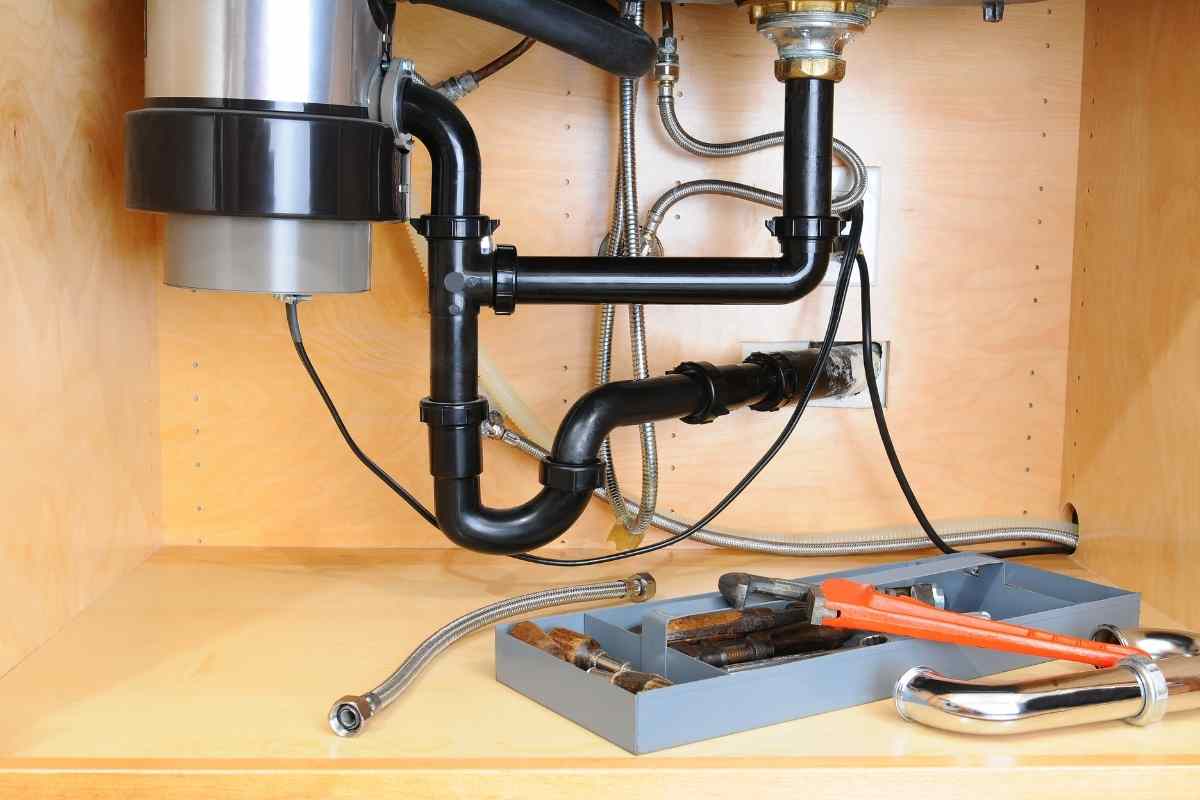 A GFCI (Ground Fault Circuit Interrupter) is a safety device that helps prevent electrical shock in wet areas such as kitchens and bathrooms. It works by quickly shutting off power when it detects a ground fault, which is when electricity flows through an unintended path, such as through water or a person. GFCI codes require these devices to be installed in certain areas of the house to ensure the safety of its occupants.
A GFCI (Ground Fault Circuit Interrupter) is a safety device that helps prevent electrical shock in wet areas such as kitchens and bathrooms. It works by quickly shutting off power when it detects a ground fault, which is when electricity flows through an unintended path, such as through water or a person. GFCI codes require these devices to be installed in certain areas of the house to ensure the safety of its occupants.
Kitchen Sink GFCI Code Requirements
Benefits of GFCI Codes for Kitchen Sinks
 Installing GFCI outlets near kitchen sinks not only ensures safety but also offers numerous benefits for house design. One of the main advantages is that it allows for more flexibility in kitchen layout and design. With GFCI outlets, homeowners can have outlets installed in areas that were previously considered unsafe, such as near the sink, without compromising on safety. This allows for more convenient placement of appliances and lighting, making the kitchen more functional and efficient.
Installing GFCI outlets near kitchen sinks not only ensures safety but also offers numerous benefits for house design. One of the main advantages is that it allows for more flexibility in kitchen layout and design. With GFCI outlets, homeowners can have outlets installed in areas that were previously considered unsafe, such as near the sink, without compromising on safety. This allows for more convenient placement of appliances and lighting, making the kitchen more functional and efficient.
Ensuring Compliance with GFCI Codes
 To ensure compliance with GFCI codes for kitchen sinks, it is important to have a qualified electrician install the outlets. They will be able to properly determine the best locations for GFCI outlets and ensure that they are installed correctly. Homeowners should also regularly test their GFCI outlets to make sure they are functioning properly. This can be done by pressing the "test" button on the outlet and making sure the power shuts off. If the outlet does not trip, it may need to be replaced.
In conclusion,
GFCI codes for kitchen sinks are an important aspect of house design. They not only protect against electrical shock but also offer flexibility in design and layout. It is crucial for homeowners to comply with these codes and regularly test their GFCI outlets to ensure the safety of their household. By following these regulations, homeowners can create a safe and functional kitchen for their daily needs.
To ensure compliance with GFCI codes for kitchen sinks, it is important to have a qualified electrician install the outlets. They will be able to properly determine the best locations for GFCI outlets and ensure that they are installed correctly. Homeowners should also regularly test their GFCI outlets to make sure they are functioning properly. This can be done by pressing the "test" button on the outlet and making sure the power shuts off. If the outlet does not trip, it may need to be replaced.
In conclusion,
GFCI codes for kitchen sinks are an important aspect of house design. They not only protect against electrical shock but also offer flexibility in design and layout. It is crucial for homeowners to comply with these codes and regularly test their GFCI outlets to ensure the safety of their household. By following these regulations, homeowners can create a safe and functional kitchen for their daily needs.

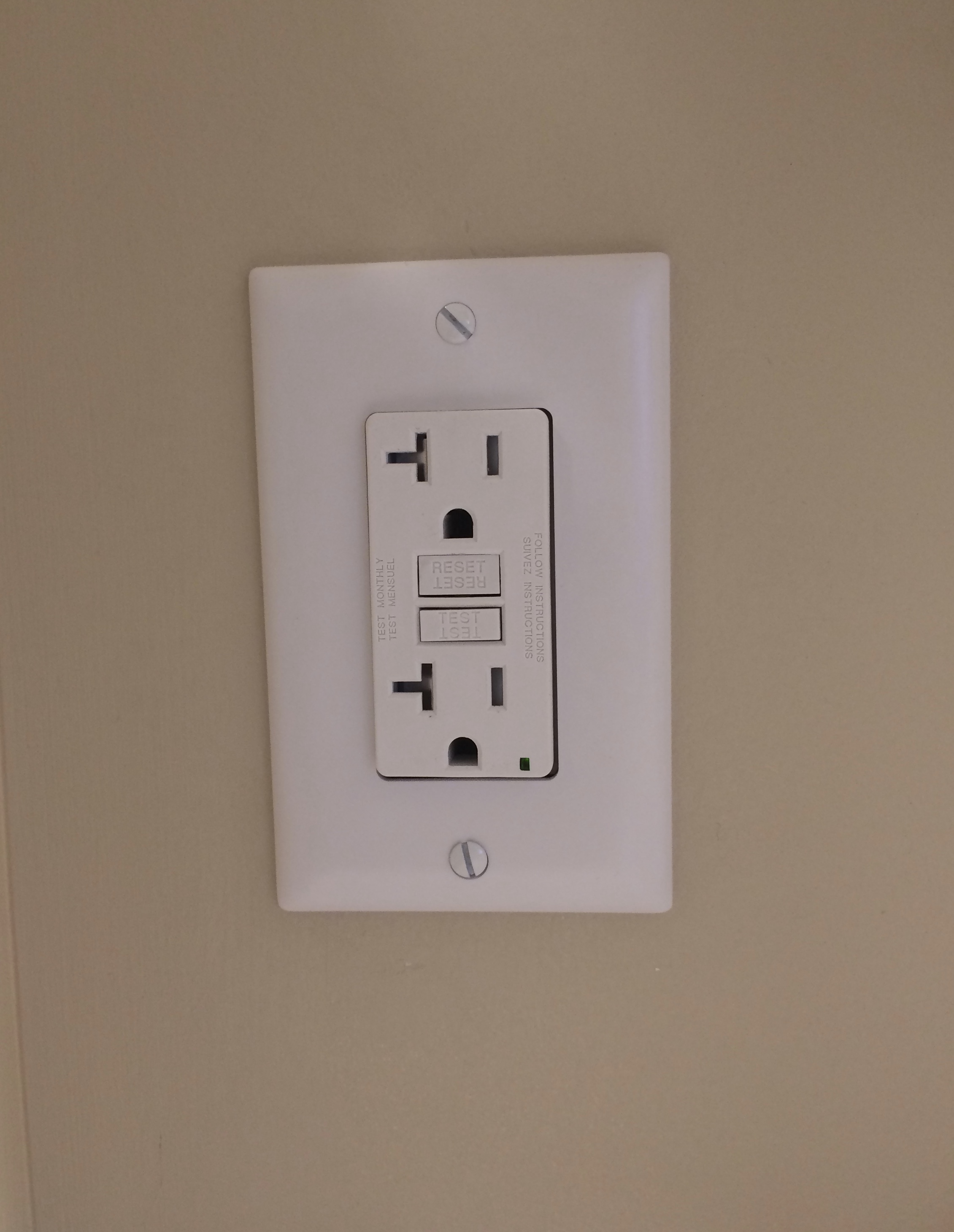




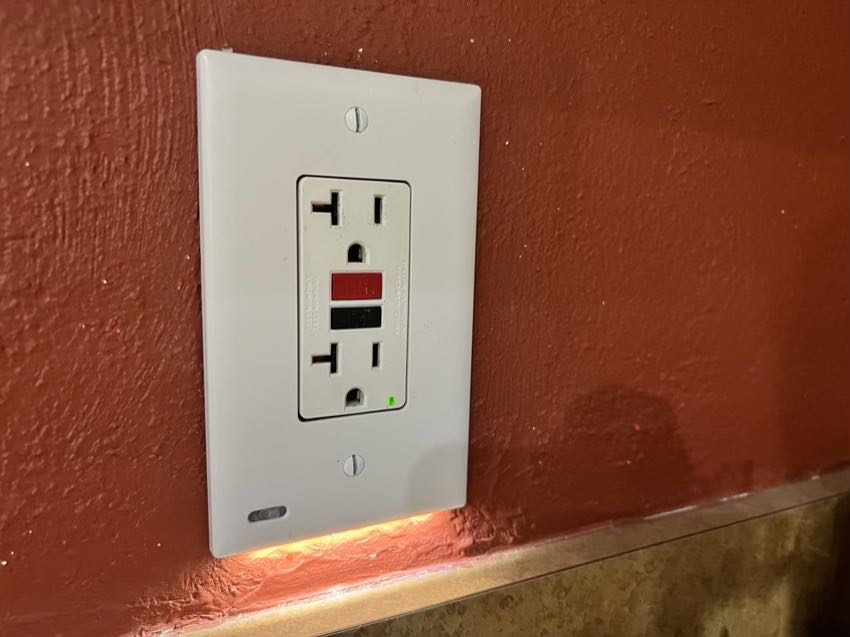







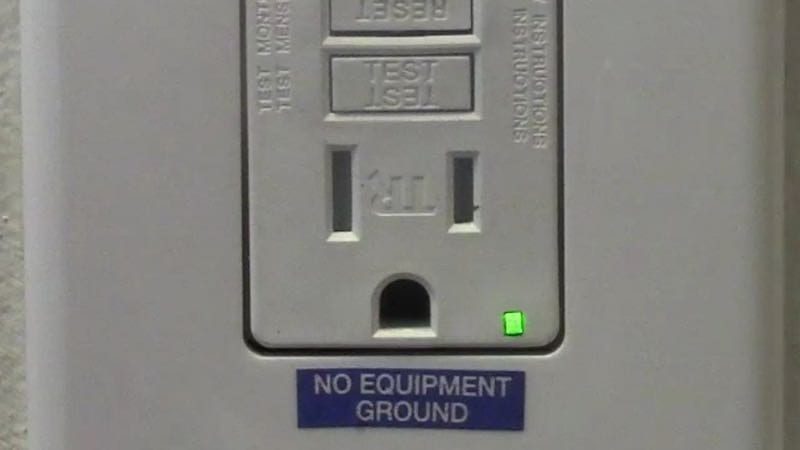











:max_bytes(150000):strip_icc()/install-gfci-receptable-vs-breaker-1152797-8bc920016d9e4f27b6969652ca024457.png)














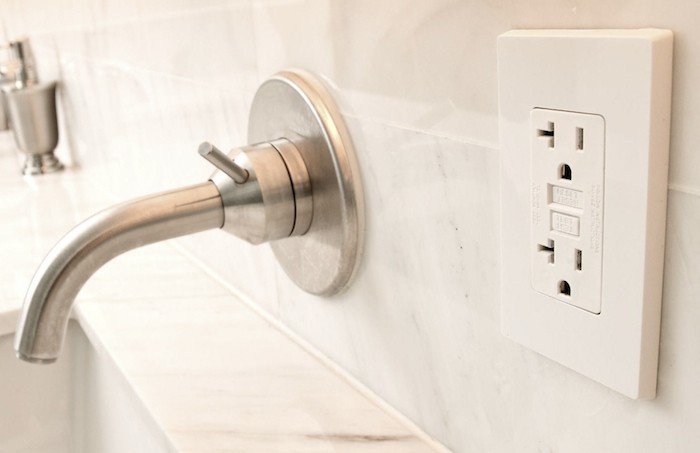
/common-electrical-codes-by-room-1152276-hero-c990ede99b954981988f2d97f2f23470.jpeg)









